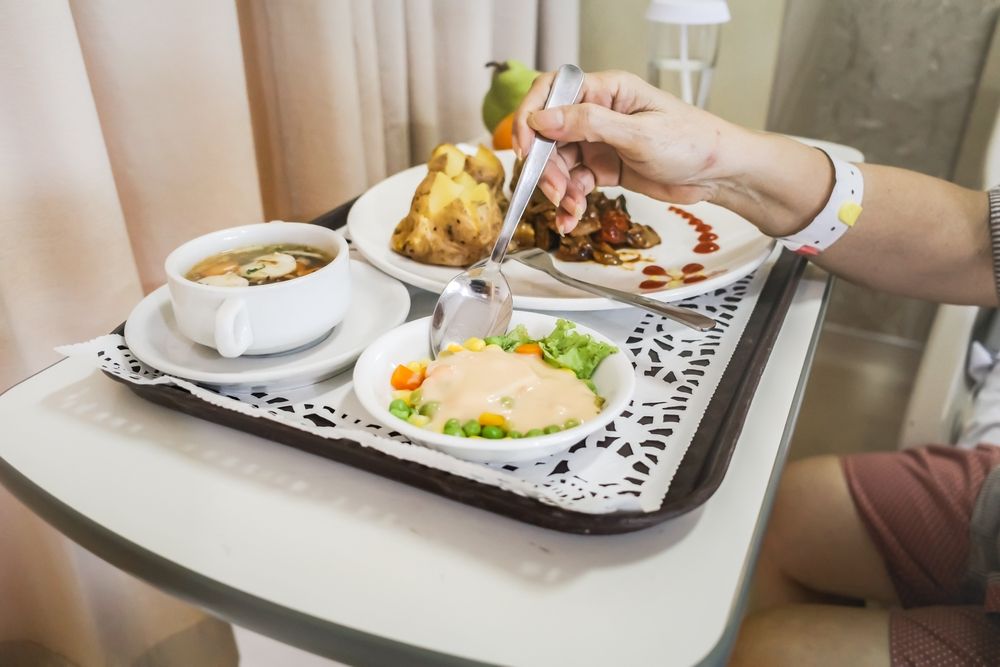Liposuction is a popular cosmetic procedure that helps sculpt and contour the body by removing stubborn pockets of fat. However, achieving and maintaining the best results goes far beyond the operating room. What patients do after surgery—especially regarding their diet and exercise habits—plays a critical role in recovery and long-term satisfaction.
In Huntersville, NC, North Charlotte Plastic & Reconstructive Surgery emphasizes the importance of post-operative care as a continuation of the surgical process. Patients are encouraged to view recovery as an opportunity to establish healthier habits that not only preserve their new shape but also enhance overall well-being.
Nutritional Foundations for Healing and Energy
Proper nutrition after liposuction helps support the body’s natural healing processes, boosts energy levels, and reduces the risk of complications. In the immediate post-operative period, it is essential to focus on foods that are rich in vitamins, minerals, and lean protein sources. These nutrients promote tissue repair, decrease inflammation, and strengthen the immune system.
Patients should prioritize a diet consisting of colorful fruits and vegetables, whole grains, lean proteins such as chicken, fish, tofu, and legumes, and healthy fats like avocado and olive oil. Staying hydrated by drinking plenty of water is also critical, as dehydration can slow recovery and increase swelling. Avoiding highly processed foods, excessive sodium, and refined sugars will further help minimize post-operative swelling and promote better results.
Exercise: When and How to Reintroduce Physical Activity
Exercise is a key component of maintaining liposuction results, but patients must be cautious about when and how they return to physical activity. In the first few days after surgery, patients should focus solely on rest, short walks around the house, and gentle movement to improve circulation and reduce the risk of blood clots.
Once cleared by the surgeon, typically within two to four weeks, patients can gradually reintroduce light cardio activities such as walking on a treadmill, stationary biking, or gentle yoga. Strength training and high-intensity workouts should be avoided until full healing has occurred, which may take six to eight weeks depending on the extent of the procedure. Listening to the body and following the surgeon’s specific exercise guidelines will ensure a safe and effective return to fitness.
Ideal Foods to Prioritize During Recovery
Creating a nutrition plan after liposuction does not need to be complicated. Focusing on a few key food groups can make meal planning simple and effective:
- High-protein foods: chicken, turkey, fish, Greek yogurt, eggs
- Anti-inflammatory vegetables: spinach, kale, broccoli, Brussels sprouts
- Colorful fruits: berries, oranges, apples, pomegranate
- Whole grains: quinoa, brown rice, oats
- Healthy fats: nuts, seeds, olive oil, avocado
Including a variety of these foods ensures patients receive a wide range of essential nutrients that support the body’s recovery efforts. Keeping meals balanced and avoiding crash diets is vital, as overly restrictive eating can hinder healing and cause unnecessary stress on the body.
Managing Swelling and Supporting Lymphatic Health
Swelling is a natural part of the liposuction recovery process, and nutrition and gentle exercise both play major roles in managing it. Consuming foods rich in potassium, such as bananas and sweet potatoes, can help balance fluid levels and reduce swelling. Wearing prescribed compression garments as directed by the surgeon further supports the body’s ability to heal efficiently.
Light activities, such as leisurely walking and deep breathing exercises, promote lymphatic drainage, which can help the body clear excess fluids and toxins more effectively. Staying consistent with these gentle movements in the early weeks post-surgery leads to faster, more comfortable recovery.
Avoiding Pitfalls That Could Compromise Results
One of the most common misconceptions about liposuction is that it guarantees permanent fat loss without additional effort. In reality, liposuction removes fat cells from targeted areas, but it does not prevent remaining fat cells from enlarging if patients do not maintain a healthy lifestyle.
Poor eating habits, sedentary behavior, and weight gain after surgery can reverse the aesthetic improvements achieved through liposuction. This is why developing and sustaining healthy habits during recovery is so crucial. Patients are encouraged to view their surgery as a catalyst for lasting change rather than a quick fix. Small, consistent efforts yield long-term benefits.
Setting Yourself Up for Lasting Success
Healthy eating and regular exercise are not just important for a smooth recovery—they are essential for maintaining liposuction results for years to come. Patients who adopt a balanced lifestyle often find themselves feeling more confident, energetic, and proud of their new appearance.
At North Charlotte Plastic & Reconstructive Surgery, patients in Huntersville, NC, receive personalized guidance to support both their surgical journey and overall wellness goals. Embracing positive habits after liposuction helps patients fully enjoy the benefits of their transformation and fosters a stronger, healthier future.
Resources
Gonzalez, C. E., & Levine, S. M. (2020). Postoperative Care in Body Contouring Surgery. Clinics in Plastic Surgery.
Hurvitz, K. A., & Repta, R. (2017). Nutritional Considerations for Optimal Surgical Recovery. Aesthetic Surgery Journal.
Panchal, N., & Khan, F. (2019). Strategies for Lymphatic Drainage in Postoperative Recovery. Plastic and Reconstructive Surgery Journal.



